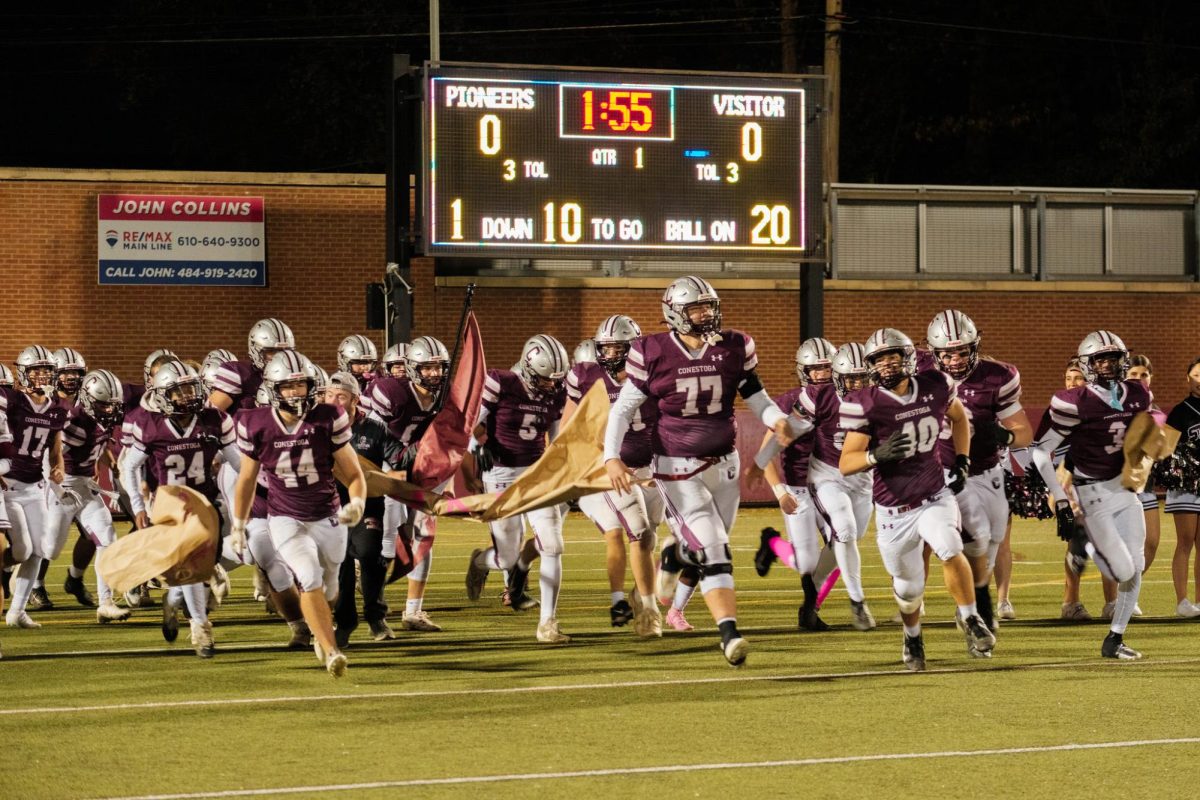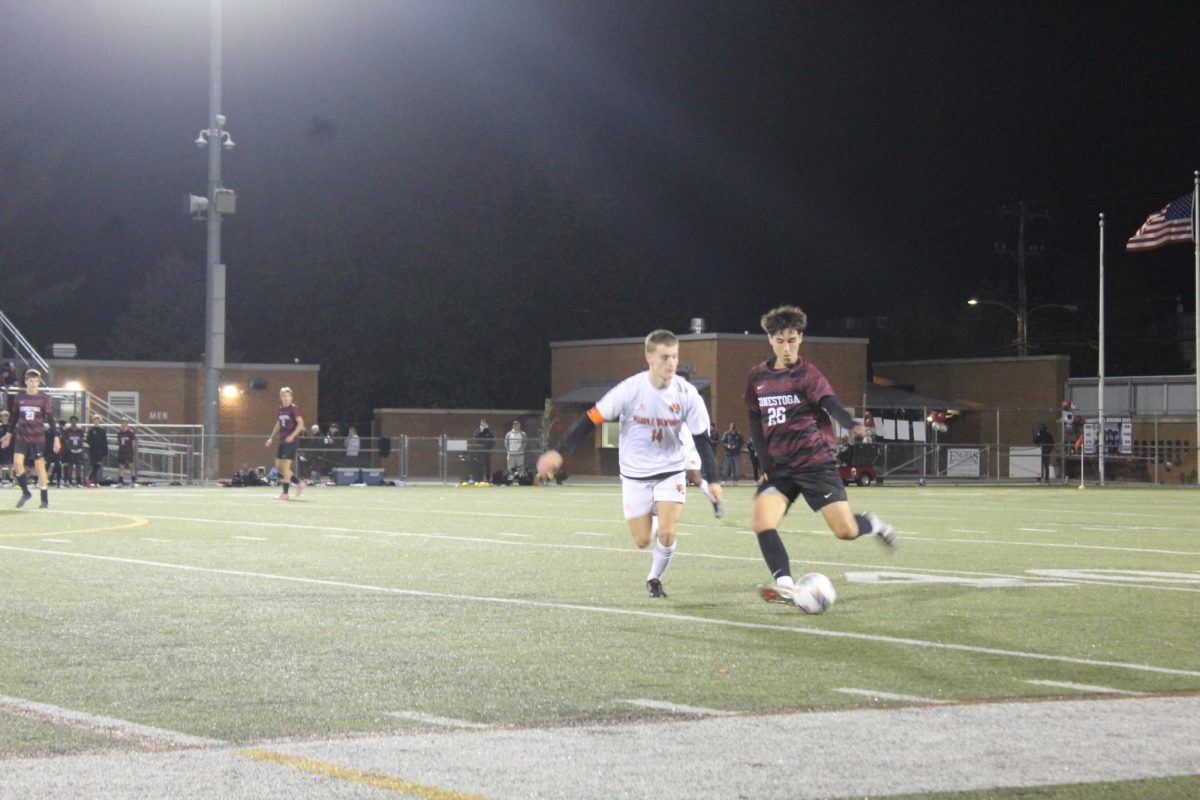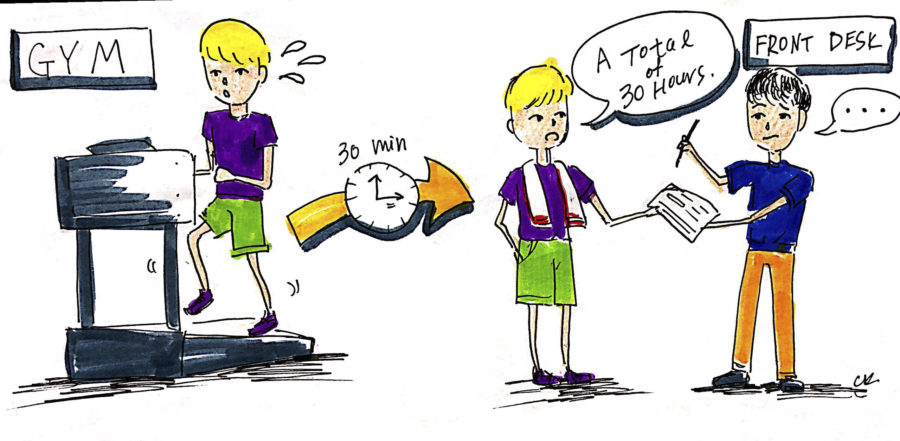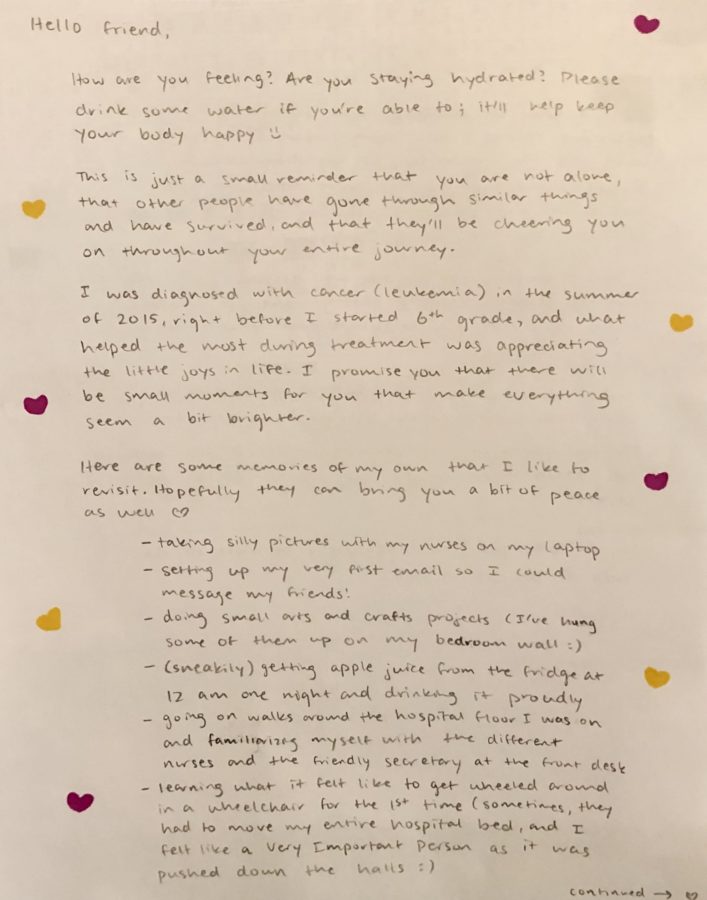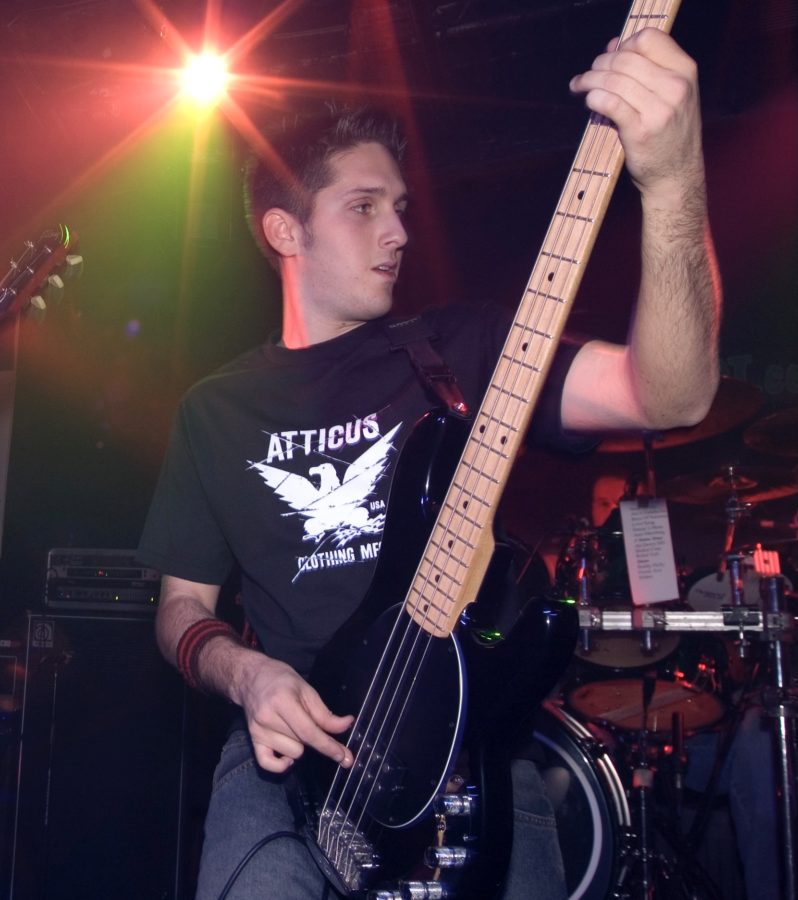By Matthew Fan, Staff Reporter
“All Spring EEPE Verification Forms are due on Friday” reads assistant principal Patrick Boyle’s Schoology post. This notification immediately sends the Extended Experience Physical Education (EEPE) students scurrying to scrap together the 30 required hours of supervised physical exercise.
However, many of these students, especially the ones who “work out” at the YMCA, cheat their way through the hours. According to junior Kavish Senthilkumar, who does EEPE at the YMCA three times a week, some students sit in the lobby after signing in, and others convince their friends who work at the YMCA to sign off on more hours than they actually exercised.
Though these methods are not right, it is easy to see why students would rely on them: gym credit is required in order to graduate. But even if you think the ends justify the means in this case, all students should actually complete their 30 hours.
First off, similar to examinations and classwork, EEPE should not be completed through cheating. Not only is it immoral, but students are cheating themselves out of physical activity that they need.
There is ample time to reach the minimum hours. As stated on the school website, the window for the first semester was Sept. 7 to Jan. 11, and that of the second semester was Feb. 1 to April 24 for seniors and May 17 for sophomores and juniors. This means that students have at least 83 days to complete their hours.
Reaching the 30 hour minimum should not be an outrageous request because students should live a healthy lifestyle. According to the U.S. Department of Health and Human Services, children of the ages six through 17 should do at least one hour of moderate-to-vigorous physical activity every day. So theoretically, students should do at least 83 hours of physical activity per semester. Though this is indeed impractical given the homework and extracurricular activities students have, 83 days gives students flexibility to exercise at least about once every three days throughout each semester.
As someone who does EEPE himself, I know how difficult it can be to find the time to exercise because of the rigorous coursework we have. However, it is worth it to sacrifice some study time to go exercise. In fact, research by Dr. John Ratey at Harvard Medical School has shown that exercise promotes brain development and leads to better academic performance. So even though exercise may take time away from studying, it will lead to greater success in the classroom in the end.
The way to get students to complete a healthy amount of exercise is not through eliminating EEPE and putting everyone in a gym class. This will only hurt students’ academics. Not only will they be more limited in the number of other classes they can take, but they are not likely to receive the same academic performance boost that EEPE gives them because the physical education (PE) classes are not full periods (45 minutes) of vigorous exercise — students have to change at the beginning and end, and based on my experience, sometimes you don’t even break a sweat if the activity is relaxed, like tossing a Frisbee. In fact, a study conducted by Dr. Dawn Coe of the University of Tennessee demonstrated that when PE classes were added to middle school curriculum, neither grades nor standardized test scores improved.
A better solution would be to enact stricter methods for verifying hours, specifically at the YMCA. The school should make sure that whoever signs the verification form is a YMCA employee who supervises activities in the gym and checks the hours logs. Student employees should not be allowed to sign off on the verification form.
Ultimately, the combination of students becoming more motivated to complete their hours and the school making the proper adjustments to the EEPE program has a high potential of solving the issue of students cheating their way both out of exercising and through an important graduation requirement.

















































